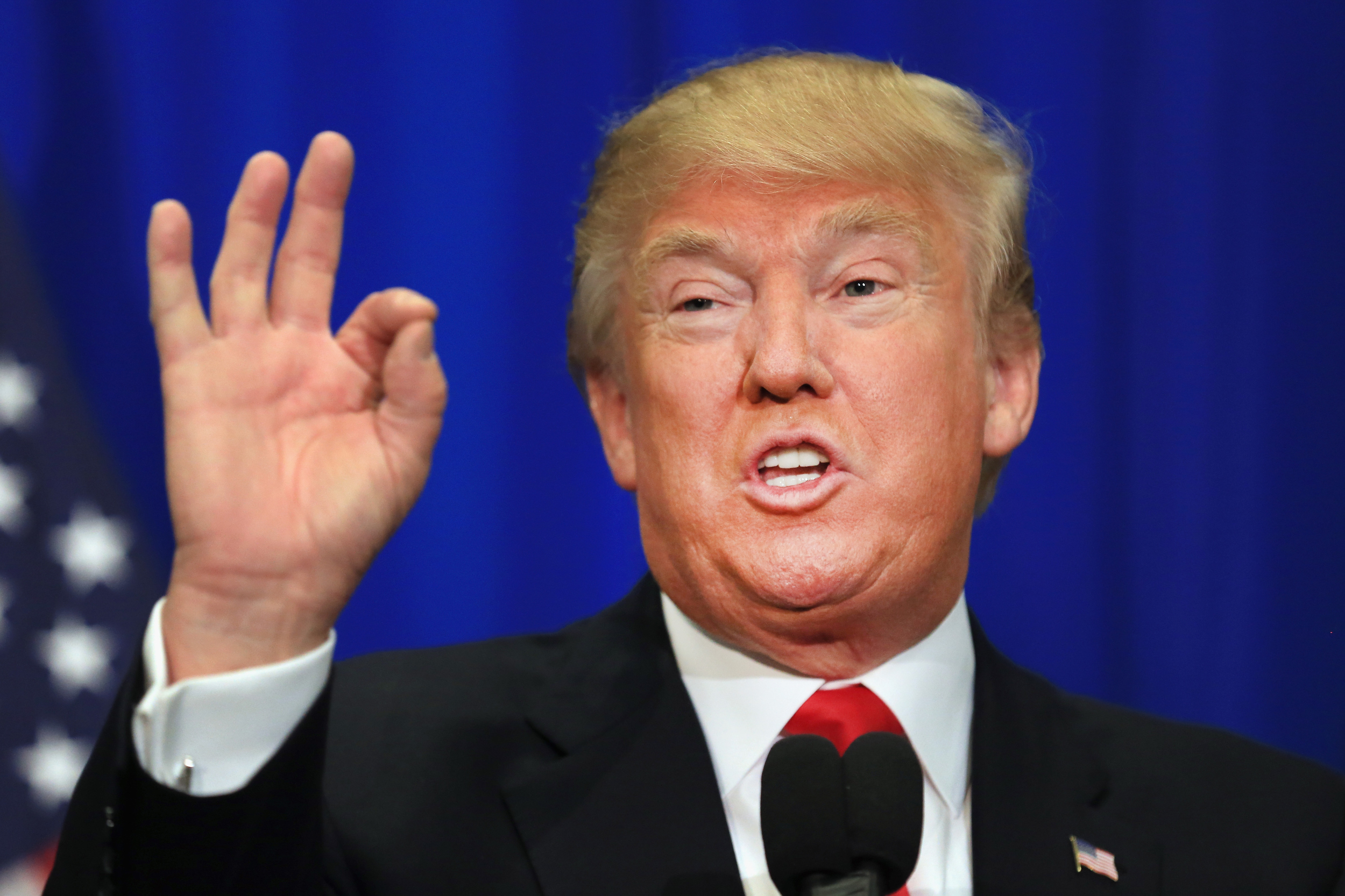By: Brianne Cate, Guest Writer
 Women have been fighting for equal rights for the past 150 years, and although they have made great strides towards egalitarianism, the struggles and deficiencies are still evident all around the globe. Approximately 80 percent of men in Middle Eastern and North African countries agree that “men make better political leaders than women do” and that “when jobs are scarce men should have more right to a job than a woman.” This will not come as a huge surprise to most of us, but what about the fact that approximately 20 percent of men in industrialized countries believe the same? Although many consider America to be the most progressive, egalitarian country in the world, there are still huge gaps between the treatment of gender in our society.
Women have been fighting for equal rights for the past 150 years, and although they have made great strides towards egalitarianism, the struggles and deficiencies are still evident all around the globe. Approximately 80 percent of men in Middle Eastern and North African countries agree that “men make better political leaders than women do” and that “when jobs are scarce men should have more right to a job than a woman.” This will not come as a huge surprise to most of us, but what about the fact that approximately 20 percent of men in industrialized countries believe the same? Although many consider America to be the most progressive, egalitarian country in the world, there are still huge gaps between the treatment of gender in our society.
The Steubenville rape case earlier this year is an example, proven most notably through CNN’s discourse and the online community’s response. Mainly, this was a case of victim blaming: “she shouldn’t have gotten drunk underage,” “she shouldn’t have gone home with them,” the perpetrators “had such promising futures.” This is not such a far cry away from marital rape cases protected under Islamic law, in which the defense is that the wives brought it upon themselves. While most citizens of “developed,” industrialized nations will watch major news networks, cringing at and criticizing the treatment of women in so-called “backward” cultures, they fail to recognize that the gender gap is still very much alive and thriving in their own communities.
At the international level, the statistics are overwhelming: 70 percent of the world’s two-billion poor are women, two thirds of illiterate adults are women, and employment rates for women are declining after increasing during the World Wars. The global gender pay gap is at 17 percent. Shifting the view toward the industrialized world, surely there must be less of a difference: Women earned 81 percent of the income of their male occupational counterparts in 2009. For those thinking “Well, the United States must be different; our entire political culture is based on the aggressive promotion of democratization and egalitarianism abroad” – only 24 percent of CEOs in the United States are women, and they earn only 74.5 percent as much as male CEOs. In terms of national governments, there are only 23 countries where women comprise over 30 percent of the lower house of their national parliament. As a result, about half of the world’s countries currently use some type of electoral quota. Only fourteen women in the world were either head of state or head of government in 2010, and on average only one in six cabinet ministers in the world is female.
The gender gap in the developed world is the result of many complex issues, such as socialization and stigmas, and also from its proliferation by those who would profit from it. Women are pushed or socialized into jobs that are paid less than typically male occupations, while at the same time men are socialized into staying away from them, i.e. nursing, nonprofit work, and childcare. On the other side of the spectrum, in the same types of jobs, women are still paid less. Women are also given fewer opportunities to climb the professional ladder and even to enter certain occupations, sometimes because of employment restrictions or socialization into certain types of education. A main theme of these occurrences is not legality. On the surface, most United Nation member-states (members of which include the developed world) adhere to the Universal Declaration of Human Rights: “…in the equal rights of men and women and have determined to promote social progress and better standards of life in larger freedom.” It is instead an issue of socialization, which is in turn a problem of the culture itself.
There is no surefire method to solving the gender gap; the problem is that it is an ingrained, socialized mindset of society, and most citizens are not aware or do not care enough to alter the reality of it. But the first step is admitting the problem. The United States must stop deeming itself the “land of freedom” if these prejudices still exist, if the laws themselves are still not equal. Women have been given just enough freedoms and guarantees of equality that some members of the population do not even realize that this is still a large, cyclic problem. The country toes the line between oppression and true equality, living life according to established standards instead of true egalitarianism, unwilling or sometimes unable to make that last push into true equality. This is not just an issue we can stand on the sidelines about anymore, shaking our heads and wagging our fingers at other nations. We must actively pursue equality and seek to close the gender gap. This can, and indeed must, be done through education—informal and otherwise, as parents, teachers, or even little-known associates.
To further shorten gender gap, people must be aware that language is a part of a nation’s culture—derogatory terms are different across borders. Change the language and one will change the stigmas. True justice cannot be achieved by the Steubenville rape victim while name-calling and victim blaming still occur. For instance, in American culture, it is unfortunately common to insult a man exhibiting too much emotion by calling him a “girl.” Gender stereotypes are just as harmful to men as well as women. For example, unemployment can undermine a man’s ability to prove himself the “breadwinner.” They are socialized to be the tough, unemotional sex. Observational studies have shown that men that feel that they cannot fulfill their assigned gender roles have increased rates of alcoholism, domestic violence, and suicide.
Gender is not the same as sex—we live in a society of assigned gender roles, and those individuals who attempt to demolish them or engage in activities outside of their assigned spheres are stigmatized. A boy may play with dolls just as well as a girl may play with airsoft guns. Is it so inconceivable to imagine that the majority of women go into careers in the public health and education fields because they are swallowing propaganda at every turn that their gender is the “kinder, gentler, more compassionate one,” the one more suited to be a healer instead of a game-changer? For example, in political cartoons, Hillary Clinton is “framed in many inappropriate terms and criticized endlessly for being too masculine,” and it shows in the portrayal of her caricature. Sarah Palin, on the other hand, is depicted as the ideal woman, though she ostentatiously has much less political experience than Clinton. What if it was instilled in women at an early age that they are “strong, assertive, and powerful?” Would it be too far of a jump to assume that more women would be interested in, even think that they were capable of, going into politics? What if women’s math scores are lower on average than males’ because we are consistently told that we are poorer at math, and should focus our academic efforts on reading comprehension and analysis? And is it not possible that maybe women on average score lower on IQ tests because we have always been told that we are the less capable sex? In essence, if one changes the language of society, one can change the course of the society. Gender, after all, does not equate to sex; the two are not interchangeable. Gender is an arbitrary role that society has forced upon a specific sex. To change the mindset of a people is not easy, nor will this change occur exponentially. Just as it took enormous effort to overturn racist laws, and even then racism has not evaporated, it will take generations to fully convince people that women are as capable and efficient as men. But changing the mindset of just one person will begin a chain reaction reaching into the next generation and beyond. This is the uphill challenge that every fighter for equality must take. One does not have to be in the top echelons of policy and decision making to incur change; one must simply be the individual willing to offer a different perspective.

